
What comes into your head when you hear “Bretling”? It might be “Navitimer” or “chronograph” but many people reflexively say “Montbrillant.” After all, that word has been associated with the brand since the days of Léon Breitling, and many models over the years have used the name. In fact, the company was long officially called “G.-Léon Breitling S.A. Montbrillant Watch Manufactory” for years. But what does “Montbrillant” really mean? The answer might surprise you!
I long assumed that “Montbrillant” was the name of a picturesque Swiss village, perhaps the very one where a young Léon Breitling started his company. But Breitling came from Saint-Imier, and the company was long located in the “watch city” of La Chaux-de-Fonds before relocating to Geneva. The only “Montbrillant” in all of Switzerland is a tiny obscure hamlet. And there is no “shiny mountain” (as the name means in English) in the Swiss Alps.
So what’s up with “Montbrillant”? It is simply the name of the small narrow street built behind the factory in La Chaux-de-Fonds a decade after Breitling moved in. Léon Breitling must have appreciated the evocative name (which references an 18th century “pleasure palace” in Hanover) and seized upon it to market his growing company.
Read on for the full story of Breitling’s Montbrillant Watch Manufactory!
Léon Breitling: From Saint-Imier to La Chaux-de-Fonds

Léon Breitling was a brilliant watchmaker, specializing in chronographs from his workshop in Saint-Imier. It is said that he began work there in 1884, which seems quite likely as he would then have been 24 years of age. He does not appear in the comprehensive watchmaking directory Indicateur Davoine until 1890, but he was certainly hard at work in the industry before that date.

Born in 1860, the young Breitling studied watchmaking and focused, as did many in Saint-Imier, on chronographs. His design for a simplified start/stop mechanism radically reduced the number of components required compared to those of Saint-Imier firms Jeanneret, Bourquin, or Aeschlimann. He filed for Patent 927 on this early invention on May 22, 1889, just 5 months after the establishment of the Swiss Federal Intellectual Property Agency! This was just the first of many patents on chronograph mechanisms in the Breitling name.
On April 23, 1892, Breitling established a new workshop in La Chaux-de-Fonds. It is not known why he moved to the watchmaking city from the nearby village of Saint-Imier, but it was likely that he saw opportunity to begin mass production of chronographs there. After all, La Chaux-de-Fonds had new steam-powered factories and plentiful labor, while little Saint-Imier was just in the process of modernizing.

Breitling’s new workshop was located in the hills above the city, on Boulevard du Petit-Château. This small street had been popular with watchmakers, and the area was in the midst of a redevelopment as the city expanded. Watchmakers like Alfred Courvoisier and Louis-Eugène Bourquin had occupied the street, but a new building at 17 and 18 Boulevard du Petit-Château attracted a pair of upcoming watchmakers: Léon Breitling and Charles Couleru-Meuri. This new complex was highly visible from the entire city, with a mansard roof and tall gables topped with spikes.
Breitling’s arrival in La Chaux-de-Fonds was not a quiet one. He chose an important new address shared with a well-known and successful company in Couleru-Meuri. And he announced his move with a full-page advertisement in Indicateur Davoine. Placed on Page 2, printed on colored paper, it was undoubtedly a major expense for the young watchmaker. Breitling boasted of his simplified chronograph movement, with rattrapante and 10 to 60 minute totalizers, and mentioned his patents as well. Léon Breitling clearly had an eye for marketing!
Breitling’s neighbor, Couleru-Meuri, was a respected manufacturer of stopwatches and complicated pocket watches. The company boasted multiple medals from major fairs and expositions, and their move to the new building on Boulevard du Petit-Château allowed the company to expand production. They would soon begin development of an 8-day clock, registering the trademark “Octo” which would last in production for decades under other owners.

Both Couleru-Meuri and Léon Breitling highlighted their new factory in 1894 advertisements, omitting the fact that the large building was shared by multiple companies. Breitling occupied number 17 (the left side of the building visible in the images) while Couleru-Meuri had number 18 (the right). Breitling’s advertisement also shows a large sign on the roof reading “Léon Breitling”, but this is not present in his neighbor’s advertisements. The broad street pictured in front of the building is misleading, since that land was occupied by other buildings including a historic farmhouse and sloped steeply down from there. Boulevard du Petit-Château was actually located to the right of the building.

You will notice, however, that none of these advertisements include the word, “Montbrillant.” This is because that name did not exist in La Chaux-de-Fonds until the decade after Breitling moved to the city. Until 1900, Breitling advertised their Fabrique d’Horlogerie as being located on Boulevard du Petit-Château.
The Origin of “Montbrillant”

A few years before the construction of the shared factory on Boulevard du Petit-Château, La Société d’Embellissement (“Beautification Society”) purchased the open land next to the building. This had previously been the eastern half of the grounds of the hilltop mansion known as Le Petit-Château, which still stands at Rue du Nord 77 in La Chaux-de-Fonds today.
The organization hired landscape architect Charles Mattern to create the Bois du Petit-Château, a large public park. This work was completed in 1891 and given to the city of La Chaux-de-Fonds. The project rerouted or eliminated many roads, including Boulevard du Petit-Château, transforming the Northwestern side of the city. It remains a destination today, and the park is now the location of the city zoo.

For a while, the official address of Coulderu-Meuri and Breitling remained 17 and 18 Boulevard du Petit-Château, even though that street was bisected by the new path of Rue du Haut-des-Combes along the park. Rue Alexis-Marie Piaget replaced Boulevard du Petit-Château and a new street of that name would appear along the other side of the park (incidentally the current home of Corum). This progress is visible in historic maps of the city, leaving the factory stranded. Soon a narrow lane was constructed behind the building, connecting from Rue du Haut-des-Combes to Rue du Balancier. Breitling received a new address: Number 3, Ruelle Montbrillant.
But why was it called Montbrillant? There is no reason in particular.
The most significant historic location called “Montbrillant” was a country palace in Hanover, built by a colorful German-British Countess in the 18th century. When European cities began to expand in the 19th century, streets were often named for such places, lending an air of aristocracy and relaxation to the houses built there. The cozy street near the park must have felt a bit like a retreat from the city, and the Montbrillant name was deft marketing for the new neighborhood.
Montbrillant Watch Manufactory

By 1920, after Gaston-Léon Breitling took over following his father’s death, the company embraced this name. G.-Léon Breitling S.A. now commonly referred to the building as the Montbrillant Watch Manufactory. This gave it a sense of being a destination, despite the fact that the name had no greater meaning other than being the new name of a tiny street in La Chaux-de-Fonds. Gaston Breitling, like his father, was a keen marketer as well as an engineer. He must have sensed the potential value of such a musical and evocative name.
Breitling continued referring to the factory in advertisements for decades, even as Léon’s grandson, Willy Breitling, took over the firm in 1932. The name was de-emphasized in the 1960s and 1970s, but Breitling would revive the Montbrillant brand in recent decades after new owner Ernest Schneider took ownership in 1979.
A number of different Breitling watches have used Montbrillant as a model name over the past four decades. It has generally signified a historically-inspired watch or one that uses a classic movement. This includes limited edition Navitimer Montbrillant models with the name engraved on the caseback and later models with “Montbrillant” on the dial. But my favorite is the Montbrillant Olympus, which includes a relief image of the famous factory building on the caseback, just like those advertisements from 1894!

And what of the Montbrillant Watch Manufactory itself? Breitling continued to manufacture watches there for decades. The company officially relocated its administration and sales to Geneva in 1952, but the Montbrillant facility remained in use until 1979. Breitling never occupied the whole building, however, with a succession of companies (including a cardboard box factory and watch distributor) using the space vacated by Couleru-Meuri since 1913.
After Ernest Schneider took over the company in 1979, headquarters was again relocated, this time to Grenchen. Breitling returned to La Chaux-de-Fonds in 2002, building a modern factory known as Breitling Chronométrie far from the disused Montbrillant Watch Manufactory.
The Montbrillant building is no longer connected to the watch industry at all, but it still looks much the same as it did a century ago. Happily, it retains a sign reflecting its heritage: “Montres Chronographes 8 Jours Breitling.”

Image: Google Street View
The Grail Watch Perspective: Brilliant Montbrillant
“Montbrillant” is simply an idea, having no original purpose either for Breitling or La Chaux-de-Fonds. But the historic name of Breitling’s factory has absorbed a century of meaning thanks to decades of effective marketing. Some watch brands continue to reference the village where they were founded, even if they retain no connection or proximity, but Breitling is free of this baggage. “Montbrillant” only ever meant “Breitling”, and having traveled the roads from Saint-Imier to La Chaux-de-Fonds to Geneva to Grenchen, the company is better for it!
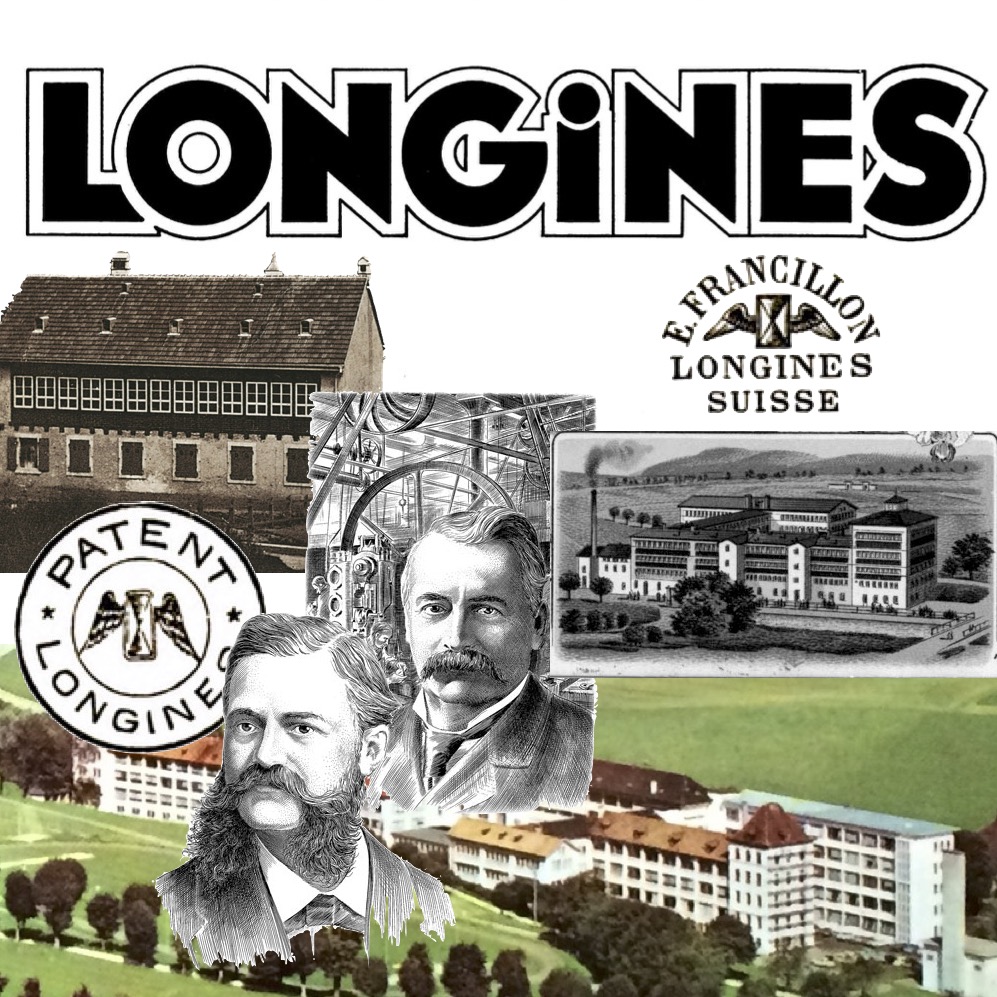
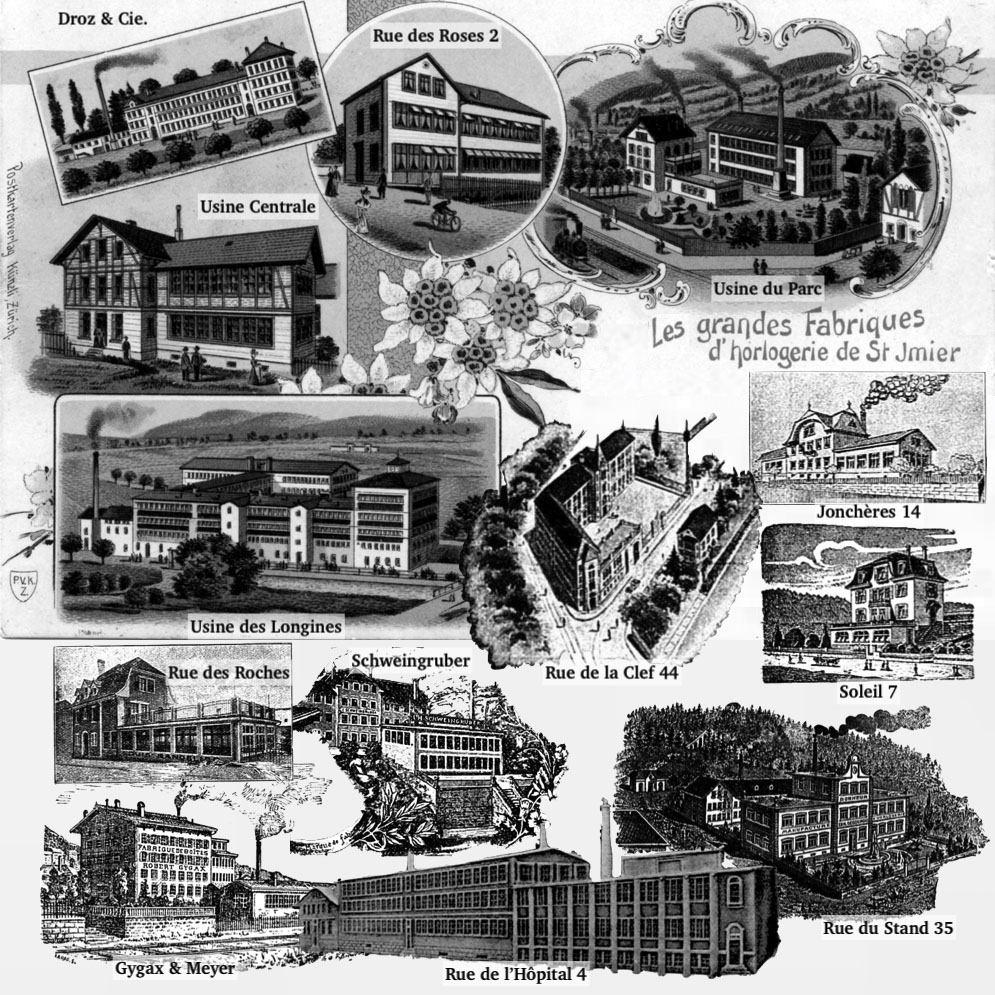
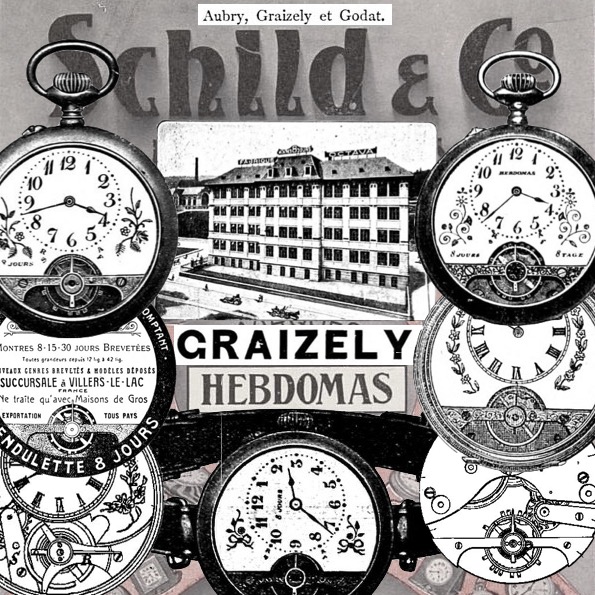
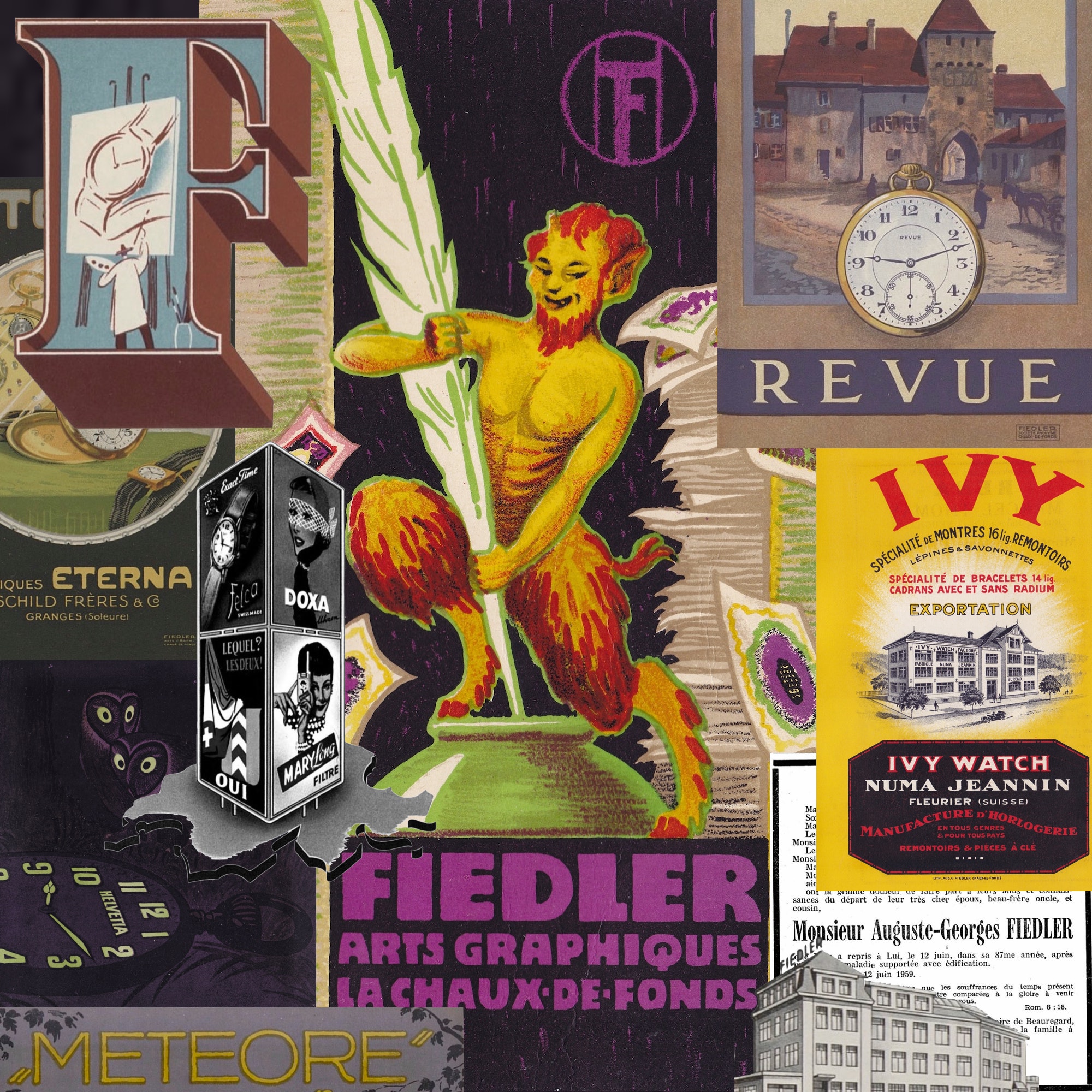
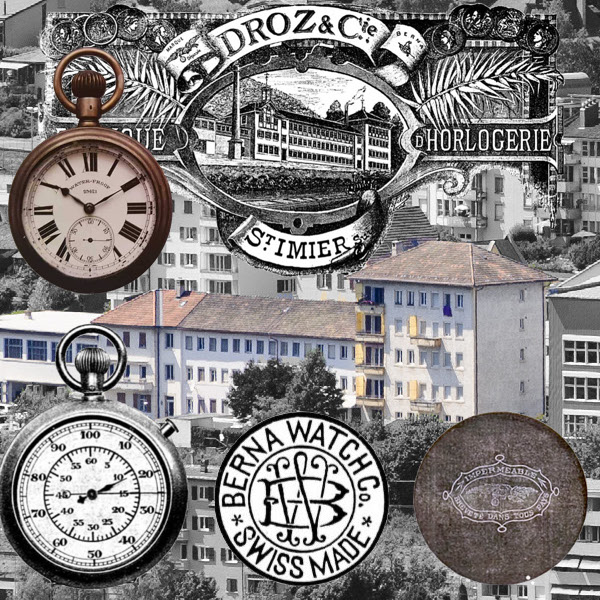

Leave a Reply